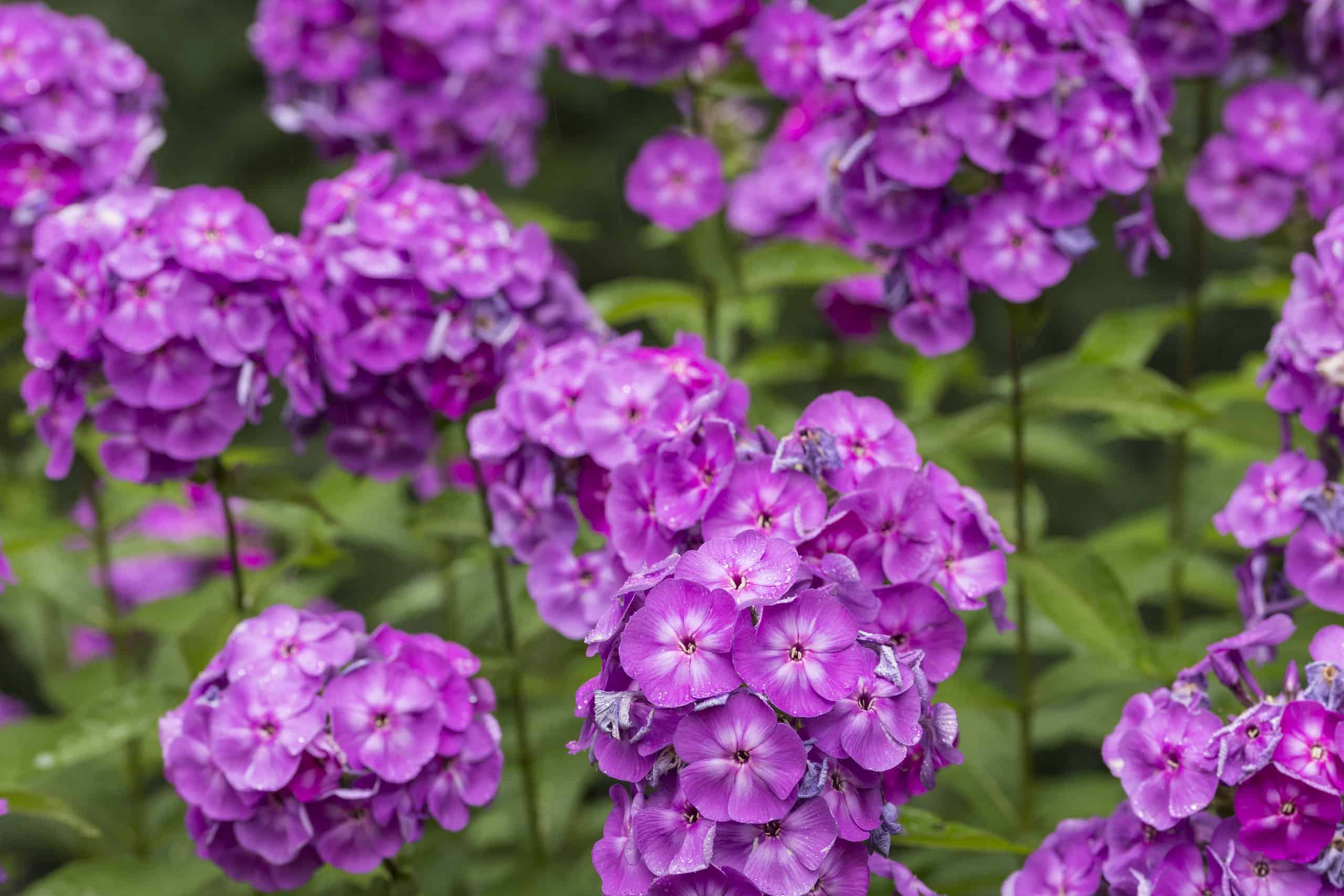If you’re a gardener in zone 5, you know the challenges of the region’s cold winters and transitional seasons. But with the right perennial flower selections, you can create a beautiful landscape that thrives year after year.
As a zone 5 gardener myself, I want to share my top picks for the best most resilient perennial flowers that flourish in our climate. These beauties can withstand the winter frosts and spring freezes to return bigger and brighter every season.
1. Peony
The peony is a classic perennial flower that puts on an exceptional display in zone 5 gardens. The large, lush blooms come in shades of white, pink, red, and yellow. Some varieties are sweetly fragrant too. Peonies are long-lived, low-maintenance, and deer resistant. Plant peonies in a sunny spot with well-drained soil, and fertilize sparingly.
2. Iris
Majestic bearded irises bring unique, exotic beauty to the spring and early summer garden. The sword-like foliage adds nice texture too. Irises come in a diverse range of colors like purple, yellow, pink, white, and bi-colors. Plant iris rhizomes in full sun with good drainage and airflow. Give them a yearly fertilizing and occasional division for optimal blooms.
3. Daylily
Daylilies are ironclad perennials that provide nonstop color from early summer into fall. The trumpet-shaped blooms come in every color except blue and true white. Different cultivars have varying bloom times and heights. Daylilies thrive in full sun or light shade and adapt well to most soils. Plant several varieties together for months of flower power.
4. Russian Sage
Russian sage is a favorite for its airy spires of lavender-blue flowers and silver-gray foliage that thrives in dry, hot conditions. It blooms prolifically from midsummer into fall with minimal care required. Russian sage pairs beautifully with many other garden plants and attracts bees, butterflies, and hummingbirds. Grow it in full sun and well-drained soil.
5. Echinacea
Commonly called coneflower, Echinacea is a tough prairie native that produces vibrant daisy-like blooms in shades of purple, pink, white, and yellow. It flowers from early to late summer and is highly attractive to pollinators. Echinacea grows well in average soil and full sun to part shade. Deadhead spent flowers to encourage more blooms.
6. Astilbe
For a touch of grace in shady gardens astilbe is a top choice. It produces airy plumes of flowers in pink red, white, or purple on mounded foliage. Astilbe thrives in rich, moist soil and does best in part to full shade. It maintains a neat appearance all season long with minimal care required.
7. Coral Bells
Coral bells, also known as heuchera, are grown primarily for their colorful leaves that range from lime green to deep purple with interesting veining. Dainty flowers appear on tall stems in late spring and early summer. Give coral bells partial sun to full shade and evenly moist soil for best growth.
8. Bee Balm
Bee balm, or monarda, is a magnet for pollinators like bees, butterflies, and hummingbirds. The dense flower heads come in shades of red, pink, purple, and white. Bee balm thrives in full sun or light shade and tolerates drier soils once established. Pinch back growth in spring to promote bushiness.
9. Sedum
Sedum offers unique succulent-like foliage and late summer blooms that provide food for pollinators. Brilliant flower colors include pink, purple, white, yellow, and red. Sedums do best in full sun and average to dry soil. Varieties range in height from short groundcovers to upright types.
10. Hellebore
For winter and early spring interest, hellebore can’t be beat. Flower colors include white, pink, purple, yellow, red, and green. This hardy perennial blooms when little else is growing. Provide partial shade and rich, moist soil. Remove old foliage in winter to allow new flowers to shine.
When choosing perennials, always confirm the plant is rated for your specific zone. Amend soil with compost, give new plantings regular water until established, and mulch to conserve moisture. With the right care and selections, your zone 5 garden can be bursting with color and texture all season long. Happy gardening!

5 Best Perennials for Late Summer Color!
FAQ
What are the longest blooming perennials?
|
Let’s Dance Can Do!® Reblooming Hydrangea
|
Oso Easy Peasy® Rose
|
|
Double Play Doozie® Spirea
|
Pugster Pink® Butterfly bush Others in this series – Pugster® Amethyst, Pugster Pinker®, Pugster Blue®, Pugster White® and Pugster Periwinkle®
|
|
Happy Face® Potentilla
|
Sonic Bloom® Weigela series
|
What perennials grow best in zone 5a?
When can I plant perennials in zone 5?
- A Complete Guide to Caring for Yuki Cherry Blossom Shrub - January 23, 2025
- Identifying Red Hot Poker Seeds: What to Look For When Harvesting Torch Lily Pods - January 23, 2025
- A Complete Guide to Harvesting Evening Primrose Seeds - January 23, 2025
